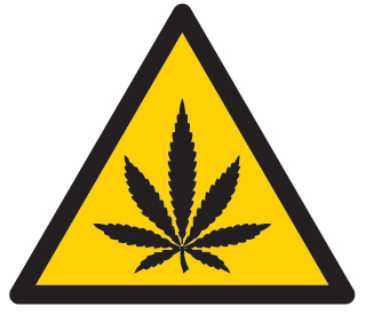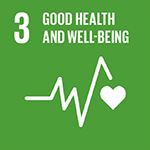
Environmental Regulation Compliance
ASTM International’s water committee (D19) is developing a proposed standard that water quality laboratories will use to help ensure that environmental regulations for water are met.
According to ASTM International member Linxi Chen, the proposed standard will provide an early warning prediction from raw source water of disinfection byproducts (DBPs). DBPs are cancer-causing contaminants in drinking water that are formed when natural organic matter in water reacts with disinfectants added to kill bacteria in water treatment plants.
“The proposed standard use absorbance-transmittance and fluorescence excitation-emission-mapping (A-TEEM) technology, which allows for a fast, inexpensive and accurate prediction of DBPs even before they form,” says Chen, product specialist, fluorescence division, HORIBA Scientific.
Drinking water treatment plant operators, managers, and water quality laboratories will find the proposed standard useful, as it will help mitigate the risk of DBP compliance violations in a forward manner and help to minimize public exposure to contaminants.
The proposed standard will help raise public awareness on DBP contamination issues and it will expand the service capabilities and/or reduce turnaround time for laboratory analysis.
Chen invited anyone with an interest in analysis for organic substances in water to participate in the development of the proposed standard (WK80116). The subcommittee will also welcome water quality laboratories that are interested in participating in an interlaboratory study program for the proposed standard.
ASTM welcomes participation in the development of its standards. JOIN ASTM.
U.N. Sustainable Development Goals Supported:
 .
. 
 SN Home
SN Home Archive
Archive Advertisers
Advertisers Masthead
Masthead RateCard
RateCard Subscribe
Subscribe Email Editor
Email Editor